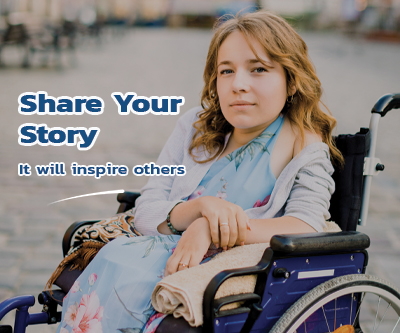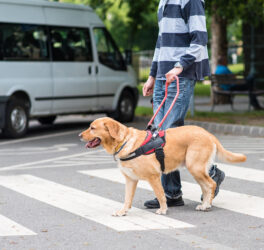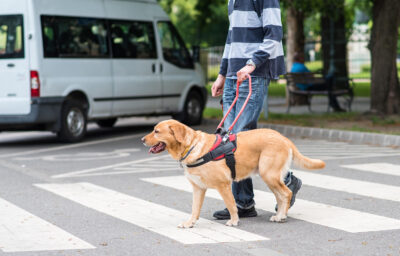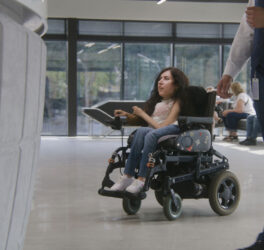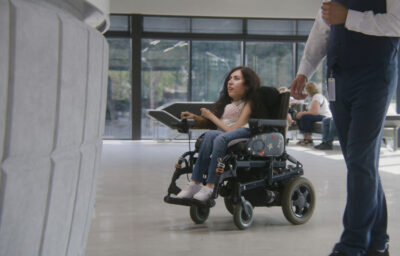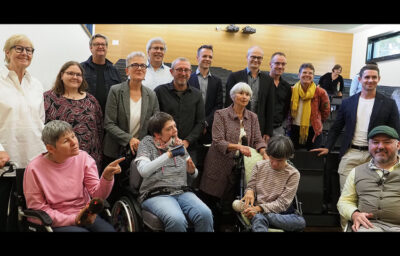
The accessible chatbot on COVID-19 created by the SemanticBots company can be installed free of charge on any website of organizations, associations and companies to facilitate access to information about the pandemic to people with vision disabilities.
SemanticBots, a technology-based company from Castellón, installed in the Scientific, Technological and Business Park of the Jaume I University and made up of professors and researchers from the Temporal Knowledge Bases Group (TKBG), offers its COVID-19 chatbot free of charge with the aim of reducing the digital divide of the visually impaired population.
It can be installed on the websites of public and private entities, as well as associations that seek to improve accessibility and facilitate online information about COVID-19, or carry out procedures through digital channels for users with visual disabilities. It has already begun to join the official websites of various associations of people with disabilities in the Valencian Community, such as CERMI and COCEMFE.
SemanticBots began developing SayOBO in late 2019, an inclusive artificial intelligence system of its own technology that facilitates access to online information and improves the provision of services to users. In this sense, the COVID-19 chatbot was born from the problems that some groups were experiencing in accessing digital information related to the health crisis situation caused by the pandemic.
The COVID-19 chatbot is accessible on multiple platforms from the web pages where it is installed, it is able to serve all users at the same time and is available in both Spanish and Valencian languages.
This virtual assistant includes more than 400 queries related to symptoms, hygiene, labor and social rights measures, in addition to measures derived from the state of alarm. The information base it possesses comes from official national, regional and international sources, as well as from the World Health Organization, scientific articles and verified digital data.
